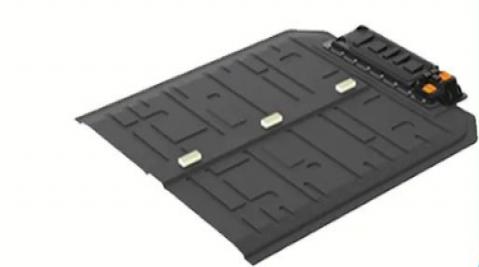BASF has developed a polyurethane composite battery pack casing solution based on the STM (spray transfermolding) process, and several electric vehicles equipped with this innovative solution have been launched in large quantities. This is also the first mass-produced STM polyurethane composite battery pack case in the world.
After sufficient mass production verification, this solution has good flame retardancy and light weight, which can improve the driving safety of electric vehicles. In addition, in terms of production, it can be directly applied to the existing mature automotive supply chain and production facilities. The production efficiency is high, and it is very suitable for the rapid mass production of the automotive industry. It is an ideal solution for reducing the weight and cost of electric vehicle battery packs. plan.
Three major advantages of BASF’s polyurethane composite battery pack casing:
Excellent flame retardancy
lightweight
high productivity
BASF’s STM solutions have passed industry-related flame retardant tests:
UL94V-0 flame retardant grade battery shell material
GB 38031-2020 External fire test

The STM polyurethane composite battery pack shell developed by BASF Performance Materials adopts micro-foaming technology, which can greatly reduce the density of parts and easily achieve the goal of reducing the weight of the shell. Submersion test requirements.
While lightweight, the composite material has the characteristics of high strength and high toughness, ensuring sufficient mechanical properties for the shell.
BASF’s STM polyurethane composite solution does not require preforming, and its production efficiency is much higher than other traditional polyurethane composite molding processes. At present, the domestic auto industry has a mature industrial chain and suppliers can quickly provide mass-produced products. At the same time, the investment cost of equipment and molds for new mass production projects is also very low.



 微信扫一扫打赏
微信扫一扫打赏
